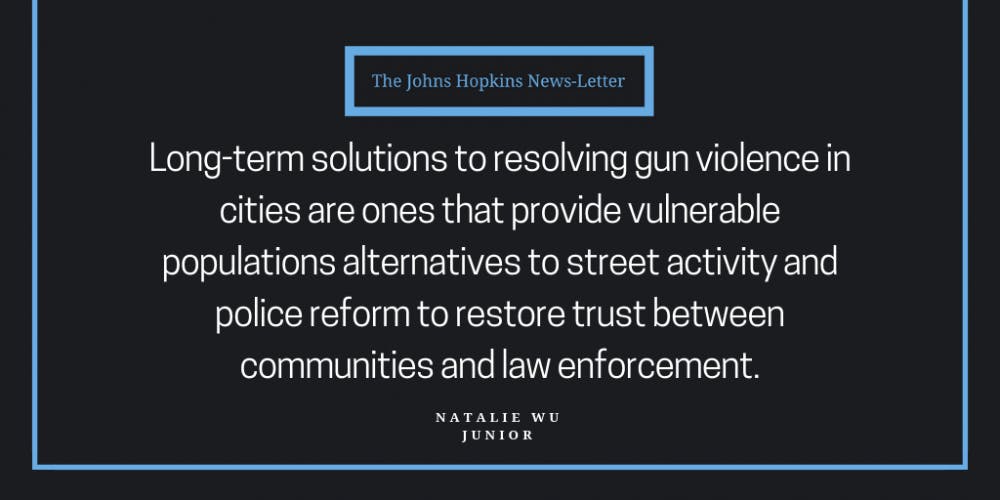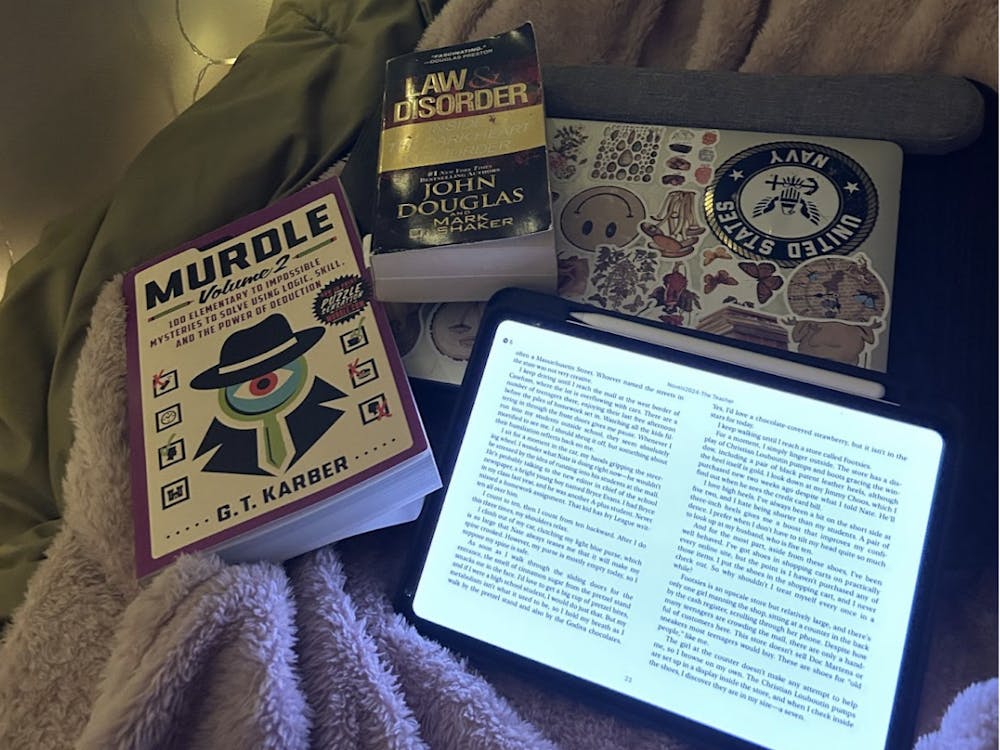Last week, on the anniversary of the Parkland shooting, media outlets reflected on the strides in gun control that we’ve made as a result of the survivors’ movement. I want to add to the conversation by reflecting on what we can do better as we go forward.
On March 24, 2018, I marched alongside a reported 11 thousand people in Chicago’s sister March for Our Lives. When I turned on CNN later that night, I saw powerful footage of inspirational speeches and chanting crowds, and I felt proud. So when I returned to campus after spring break, I brought up the march in a conversation with an acquaintance, expecting praise. Instead, I got a staunch rebuke.
At first, I thought that maybe she was pro-gun. What other reason would there be to not support the movement?
It turned out that her issue was with the demographic representation of the victims and heroes of gun violence. I realized that I’d never really thought about the racial and socioeconomic dimensions of gun violence.
Before I begin, I want to clarify that I support the Parkland survivors and their work, but I’d like to talk about aspects about the gun control debate that the media has overlooked.
I believe the gun control debate should focus on poor urban communities. A conversation about gun control must include race, poverty and policing. Long-term solutions to resolving gun violence in cities are ones that provide vulnerable populations alternatives to street activity and police reform to restore trust between communities and law enforcement.
The racial disparity of the victims of shootings couldn’t be clearer. In 2018, 309 Baltimoreans were killed in homicides. Two hundred and seventy-one of those deaths were by firearm, and 288 of those victims were African American. Nationwide, black children are 10 times more likely than white children to be killed by guns.
However, after Parkland, the national spotlight was not on low-income communities of color, whose fallen remain faceless statistics. Instead, it shone on middle-upper class, white suburban teenagers. This prompted some to ask why we as a nation don’t seem to care when black students are regularly shot. Where is their march?
Historically, gun control hasn’t always been friendly toward African Americans. Most people nowadays would be surprised to learn that the National Rifle Association (NRA) cooperated with the predominantly white government in the 1960s to tighten gun regulations. The reason was that firearms had gotten into the hands the Black Panthers, who publicly exercised their Second Amendment rights because they believed African Americans needed protection from hostile government and police officers.
While I’m not endorsing the militia group, their concerns about law enforcement were valid. Police racism and brutality are still issues, especially in Baltimore. The death of Freddie Gray brought national scrutiny to the vastly corrupt, racist Baltimore Police Department (BPD). A list of its recent scandals include officers engaging in drug-trafficking, punching a man repeatedly in the face and a Gun Trace Task Force that regularly engaged in racketeering — to name a few. Given this information, it’s understandable why communities are suspicious of the police.
On the flip side, a study by the American Journal of Public Health showed that more police officers are killed on duty in states with more guns. It’s worth questioning whether the prevalence of firearms leads officers to resort to deadly force more quickly when they feel threatened. This might partly explain why police in the U.S. kill more people than their counterparts in other developed countries, creating a cycle of fear and distrust that often ends in tragedy.
Firearm homicide is nested within the broader category of violent crime, which is fueled by a vicious cycle of poverty and violence. In 2017, the poverty rate in Baltimore was 24 percent For many, the illegal drug trade and other street activity are the only ways to get by. However, crime can carry a heavy price: prison (after which, dim job prospects are even dimmer) and/or death, most commonly by a firearm. Gun violence does play a role in perpetuating this cycle. Without affordable/accessible counseling services, however, traumatized children are more likely to show aggressive behaviors and even see decreased educational and economic opportunity.
Race and poverty hardly come up in the national discussion for two reasons: the media and the difficulty in addressing them. The media usually focuses on gun violence only in the wake of deadly mass shootings. Televised debates following these tragedies have centered around mass shooters and their victims, who are predominantly white. As a result, the most common solutions to the epidemic we have here are assault rifle bans and universal background checks. While I believe these policies are necessary, they won’t solve many of the root causes of gun violence.
However, some nonprofits such as YouthBuild are doing just that. Since its inception in 1978, YouthBuild has brought leadership development, education, employment and counseling to more than 120,000 disadvantaged American youth. Rather than locking up “gang bangers,” it seeks to positively empower them. By breaking the cycle of poverty and crime, it hopes to reduce firearms violence.
It’s clear that America has a gun violence epidemic that’s unique among developed countries, and it reflects poorly on America’s world image. I can’t count the number of times I’ve been asked by foreigners from Canada to Australia to Japan, “Why is it so easy to get a gun in America?” This question points to the absurdity of the normalcy of gun violence in this country.
I grew up in a house with firearms, and I believe it’s possible to advocate for gun control while also recognizing that gun violence stems from larger systemic problems. America needs common sense gun reform. However, it must be done in conjunction with criminal justice reform so that tighter regulations don’t contribute to mass incarceration and we can fight socioeconomic injustice.
Natalie Wu is a junior double-majoring in International Studies and Environmental Science from Chicago, Ill.





